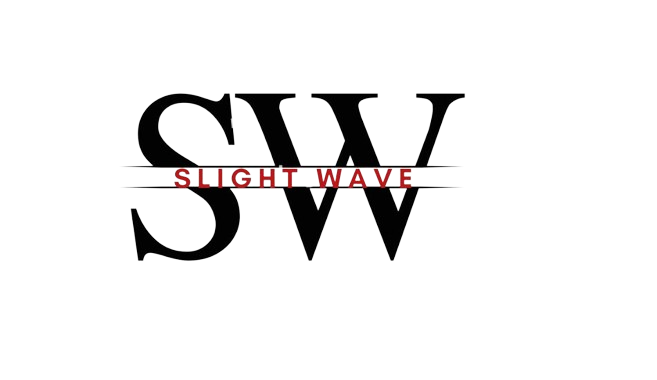Table of Contents
- Persistent Leaks and Water Damage
- Visible Roof Deterioration
- Age of the Roof
- Increased Energy Bills
- Frequent Repairs
- Ponding Water
- Mold or Mildew Growth
- Structural Issues
- Conclusion
Maintaining the health of your commercial roof is crucial for protecting your building’s structure, safeguarding your business assets, and ensuring the safety of your employees and customers. While patchwork repairs can temporarily solve minor problems, certain indicators mean a complete roof replacement may be the wiser, more cost-effective option over continual repairs. Recognizing these signs early can help you avoid expensive damage down the road. For businesses seeking professional guidance, https://www.deltaservices.com/ provides comprehensive solutions and expert evaluations for all types of commercial roofing challenges.
Roofing issues aren’t always immediately visible, but ignoring subtle signs can lead to serious complications, including water damage, structural weaknesses, and even disruptions to daily business operations. Knowing the difference between a repairable issue and a problem that calls for total replacement is invaluable for any property manager or business owner.
1. Persistent Leaks and Water Damage
Are you noticing frequent leaks every time it rains or even when it’s dry outside? Repeated repairs that fail to stop persistent leaks are strong indicators that your roof’s waterproofing system has been compromised. Water infiltration is notorious for causing unseen mold growth, rot, and damage to insulation and structural elements. Even a small stain on a ceiling tile can be a warning sign of a much bigger issue above.
2. Visible Roof Deterioration
A physical inspection of your roof often reveals early warning signs. Watch for extensive cracks, bubbling or blisters, missing or eroded sections, and visible sagging. These problems signal aging materials or an inadequate underlying structure that repairs won’t resolve. Blisters are especially concerning as they suggest trapped moisture, which accelerates decay.
3. Age of the Roof
The expected lifespan of a commercial roof depends mainly on its material and the quality of installation, and according to This Old House, factors such as climate, maintenance, and material choice also play a significant role.
- Built-Up Roofing (BUR): 15–20 years
- Modified Bitumen: Up to 20 years
- Single-Ply Membranes (TPO, PVC, EPDM): 20–30 years
Once your roof approaches or surpasses its expected lifespan, replacement becomes necessary to ensure ongoing protection and avoid emergency repairs.

4. Increased Energy Bills
An aging or failing roof can dramatically weaken your building’s insulation and ventilation. If your utility bills are rising without a clear reason, it might be due to air escaping through unnoticed cracks or weakened roofing materials. This causes your HVAC system to work harder, resulting in higher energy consumption and mounting expenses. According to the U.S. Department of Energy, improving roofing insulation can offer significant savings on heating and cooling costs.
5. Frequent Repairs
If you’re constantly calling roofing professionals for fixes, it’s time to add up the costs. Patchwork solutions not only add up financially, but they can also conceal broader failures within the roof system. In many cases, investing in complete replacement ensures lasting protection and peace of mind, thereby eliminating the need for endless repairs.
6. Ponding Water
Commercial roofs—especially flat or low-slope designs—can be prone to water pooling after rainfall or snowmelt. If you notice standing water that lingers for more than 48 hours, it’s a warning sign of improper drainage and potential membrane breakdown. Long-term ponding weakens materials and accelerates deterioration, making replacement a more effective long-term solution.
7. Mold or Mildew Growth
The presence of mold or mildew inside your building can often be traced back to invisible roof leaks. Continuous moisture seeping through cracks creates the perfect environment for fungi, which pose health risks and can damage interior surfaces and inventory. If mold recurs despite attempts to repair leaks, replacement may be the only way to ensure a clean and healthy environment.
8. Structural Issues
Sagging, bowing, or noticeable daylight shining through your commercial roof are urgent signs of advanced structural degradation. These symptoms pose a threat to your building’s safety and require prompt, comprehensive intervention that repairs alone cannot guarantee. In these critical situations, replacement is necessary to restore the overall integrity of your property.
Conclusion
Maintaining a commercial roof is about more than just fixing visible damage—it’s about protecting your building’s integrity, preserving your business assets, and ensuring the safety of everyone inside. While minor repairs have their place, persistent leaks, visible deterioration, structural issues, and other warning signs should not be ignored. Recognizing when replacement is the smarter, more cost-effective choice can save significant time, money, and stress in the long run. By addressing problems early and working with trusted professionals, business owners can ensure their roofing system remains durable, efficient, and capable of withstanding years of use.


